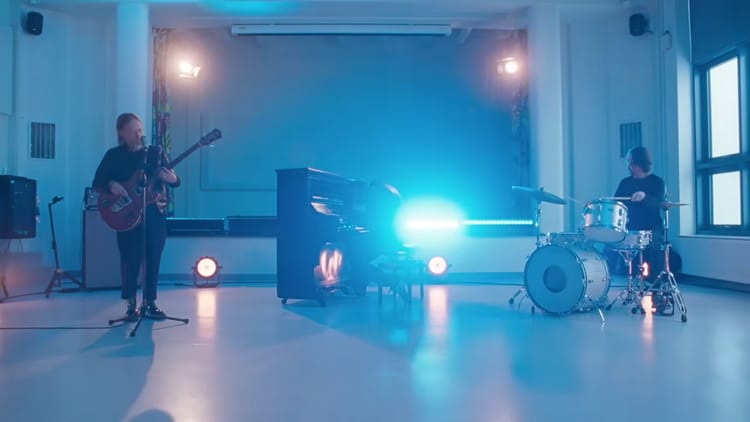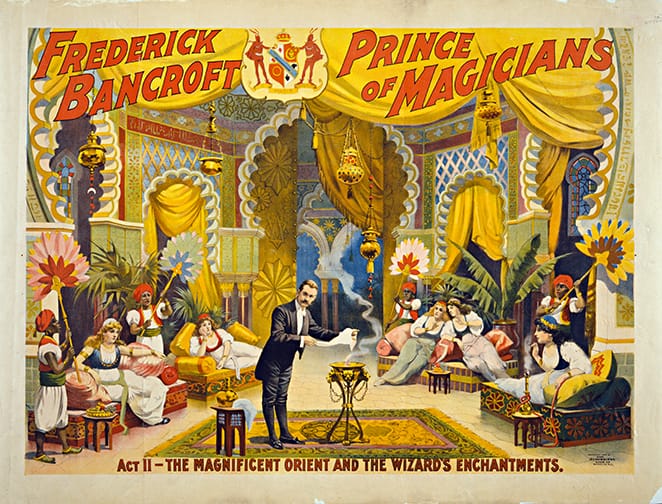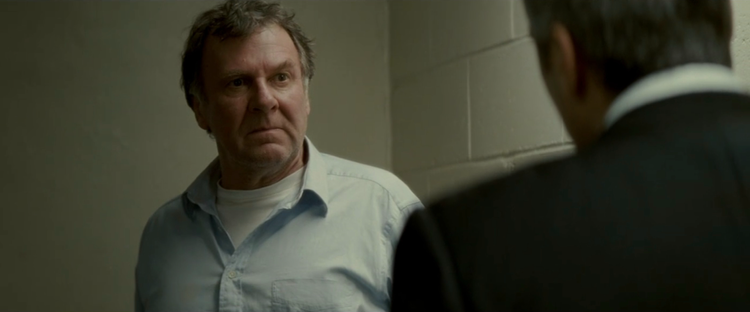Some Loose Thoughts on “Wall of Eyes”
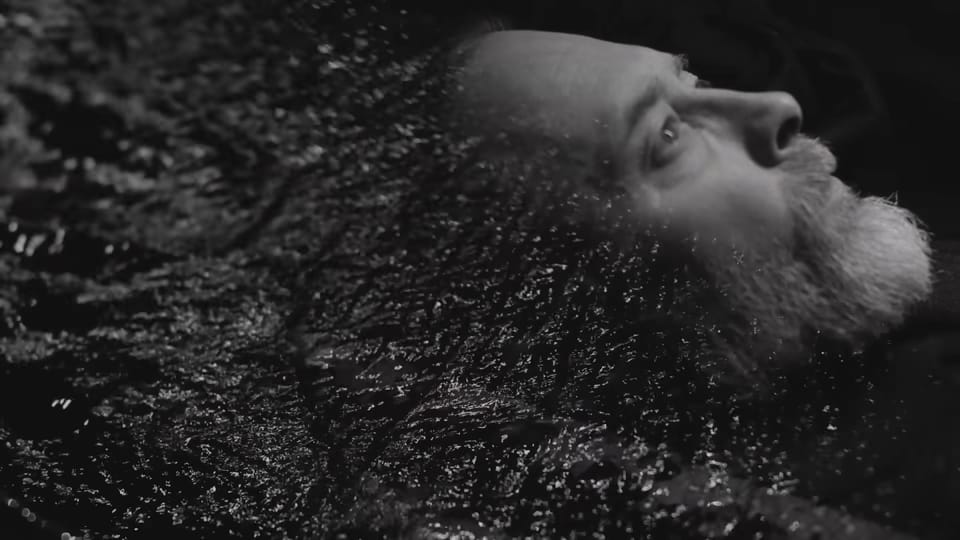
A couple of interesting things happened in the past week, both pertaining to my book. For one, Paul Thomas Anderson directed a new music video—we’ll get to that shortly. For another, though, my book received a powerfully negative review from a Twitter user with 18,000 followers.
I wasn’t planning to engage with this—it really doesn’t bother me; bad reviews come with the territory—but I find myself increasingly intrigued by a couple of the follow-up tweets. In the initial tweet, the user in question said he was giving up on academic film criticism because my book reminded him that some writers (ahem) “seem to regard films as coded texts to be interpreted by hovering, self-superior intellects.”
A tough read of my book, but OK. Then the thread continued: “Basically, if a film doesn't inspire some kind of an emotional or physical response in you—positively or negatively or horndoggily or whatever—I'm probably not gonna be too interested in hearing what you have to say about it. For me, one prerequisite for being an interesting film writer is having an orientation akin to: every movie knows things I don't know, & has the capacity to make me feel something new, & part of my job is to make myself vulnerable to all of that prior to engaging in analysis.”
These are fascinating accusations when they are levied at you personally from a pretty high-profile soapbox (thanks to Elon’s innovation, I can tell the tweet has been seen by 12,000 people, along with the 46,000 who saw Hit Factory’s tweet mocking the original tweeter as “unbelievably incurious”). I’m not sure who I want to assert this to—I would think it’s fairly self-evident—but of course I have those experiences with the movies I write about! That’s why I write about them! They inspire deep, gut-level, or even soul-level feelings in me, and I want to investigate those. That’s the fun of it! I would hope that most everything I write is read with a tongue at least somewhere near a cheek—I’m not the grand high lord and master of movie interpretation, I’m just…well, to paraphrase Lancaster Dodd, a hopelessly inquisitive being, just like you. This is all supposed to be fun—writing it, reading it, agreeing or disagreeing and being inspired to have your own opinion in response.
So that’s what this guy did, he formed and articulated an opinion, and God bless him. But I did feel compelled to mount some small defense when as high profile a Twitter user as that one Cormac McCarthy superfan was weighing in below the original. Yeah, I’ve fallen backwards into academic writing. But I’m a fan first and foremost—and I don’t think that’s anything mutually exclusive.
Now then. Part of the reason I write all of the above is because of the other interesting thing that happened: Paul Thomas Anderson directed a new music video! So just for the sake of it, I’ll now respond to “Wall of Eyes” the way the Twitter user would presumably prefer.
Wow! It’s so great!
Cool. We done here? If you are, that’s fine! There’s so much to look at and think about on the internet, and also some things to do and see off of it! But for anyone who wants to stick around…how about we dive really deep on this five minutes of filmmaking? Just for fun, let’s (wait, what was it? Oh right) regard this video as a coded text to be interpreted by hovering, self-superior intellects. Or, y’know, just take the excuse to linger on the newest work from one of our greatest filmmakers. Either way.
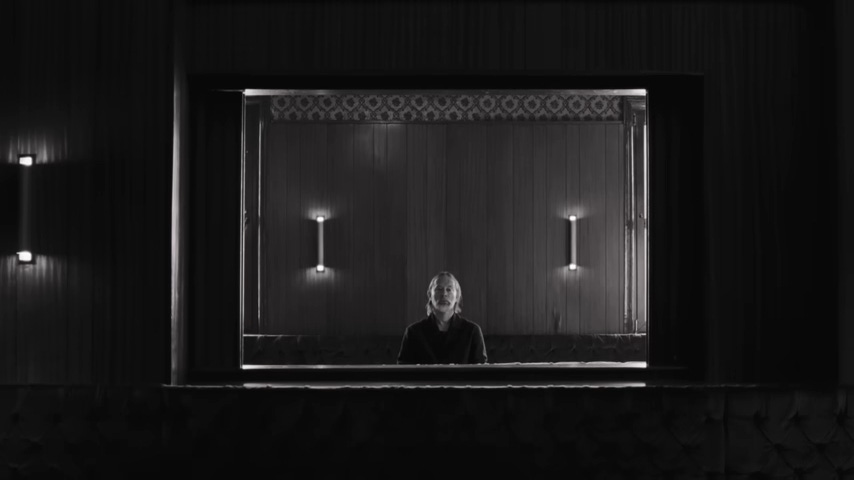
I find physical movement to be the most interesting lens through which to view Anderson’s music videos. He has such a strong voice as a screenwriter that what’s really fun in his videos is to see him tie that expressive hand behind his back and just use the camera and the body/bodies of the performer(s) to convey some impulse or feeling. To be very frank, I don’t love Anderson’s work with Thom Yorke (most notably the 2016 video for Radiohead’s “Daydreaming” and the Netflix “one-reeler” Anima) but I do find “Wall of Eyes”–the new video for Yorke’s project The Smile–to be the most intriguing work they’ve produced yet.
We begin with Yorke static–a rarity in an Anderson music video, as the headline of my interview with the great Sydney Urbanek indicates. In particular, this is the opposite of both “Daydreaming” and Anima, two restless works in which Yorke moved in a haze through different scenarios, be they realistic (in “Daydreaming”) or gently surrealistic (in Anima). Here, he’s pinned down by a disembodied eye, which occupies a frame in the wall opposite. I find myself thinking–as I so often do in my daily life–of Anderson’s film The Master, in which the gaze (often via the so-called Demme close-up) is used to overpower the protagonist, a staring contest functioning as a brainwashing technique. Here, again, we see the power of the eye to make one small and powerless.
An exciting element of this video is the opportunity to see Anderson work in monochrome, which he essentially never does (give or take the video for Fiona Apple’s Pleasantville tie-in cover of “Across the Universe”). In general, music videos seem to provide a space for Anderson to exercise creative urges he doesn’t get to stretch in his films. Notably, a music video is usually a rare opportunity to see Anderson photograph the modern world, something his films haven’t done in 21 years now. Modernity allows for spontaneity–for run-and-gun street shooting, as in the permit-flouting video for HAIM’s “Summer Girl.” Here, we see Yorke moving through crowded spaces, his movements naturalistic while the hordes around him seethe and teem in fast-motion (which, of course, means that from a truly naturalistic perspective, Yorke would be moving impossibly slowly). This sort of speed ramping is another unusual move for Anderson (though one he did employ in some form in Inherent Vice) and it’s powerfully evocative.
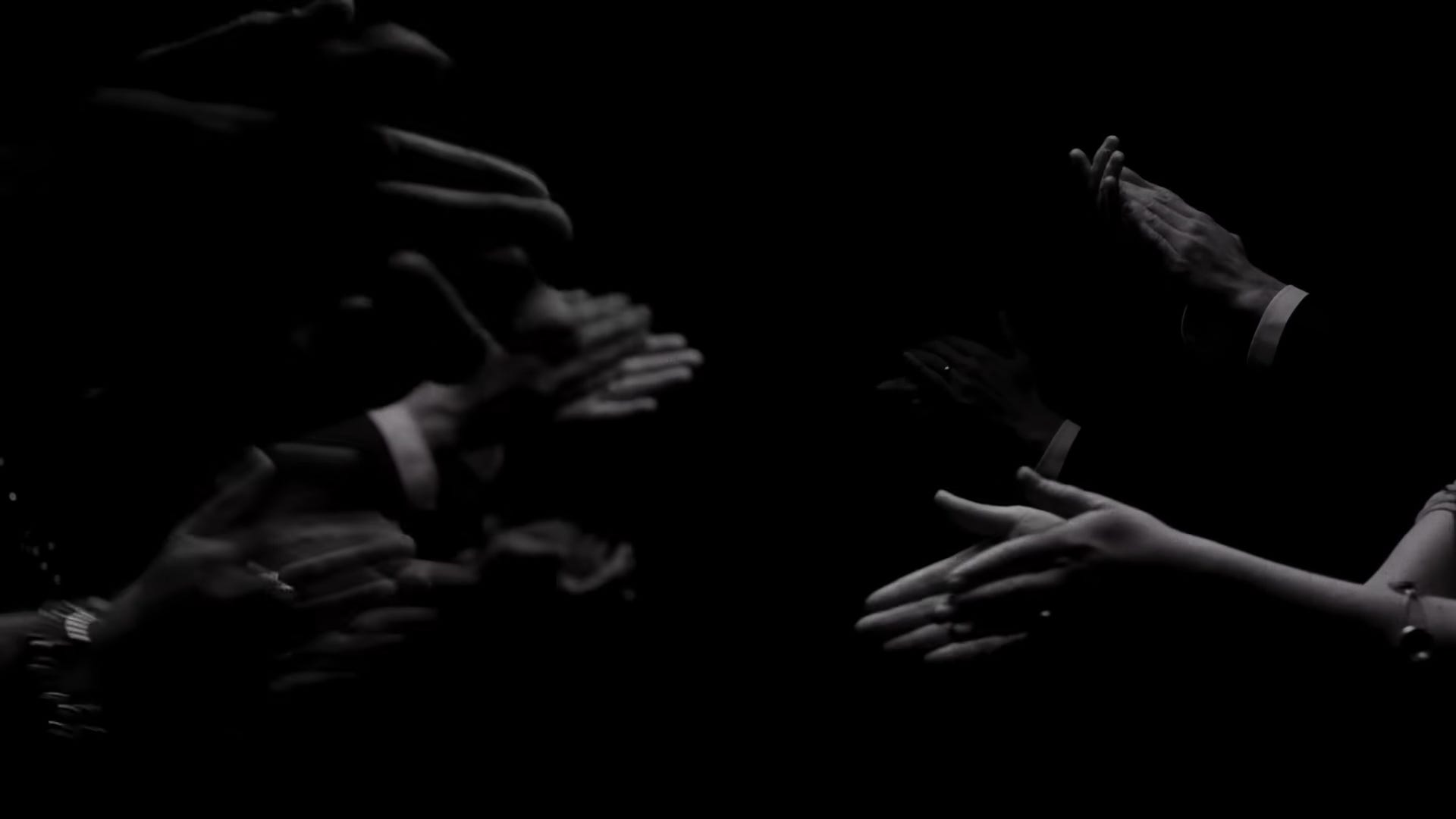
We also see Anderson working with a sort of surrealism he never employs in his features–the disembodied hands call to mind La Belle et la Bête (what an obnoxiously snooty thing to say, but…watch it, it’s impossible not to be entranced) while the collage cut-outs of eyes remind me of Salvador Dalí’s work for the dream sequence in Hitchcock’s Spellbound. I’d love to see this sort of abstraction carried over into a feature–come on, Paul, let’s get really weird next time.
But, of course, this video isn’t really weird so much as it is patient. The environments move quickly, but much of the runtime is devoted to long shots of Yorke’s impassive face, allowing us to project whatever we want onto a man who clearly sees something of Buster Keaton in himself (Anima represents an extension of silent comedy-style physical storytelling, and that one shot of Yorke’s face being blasted by the elements is certainly as overtly comic as any gag in Inherent Vice). If this video isn’t as ambitious as Anima…well, what could be?
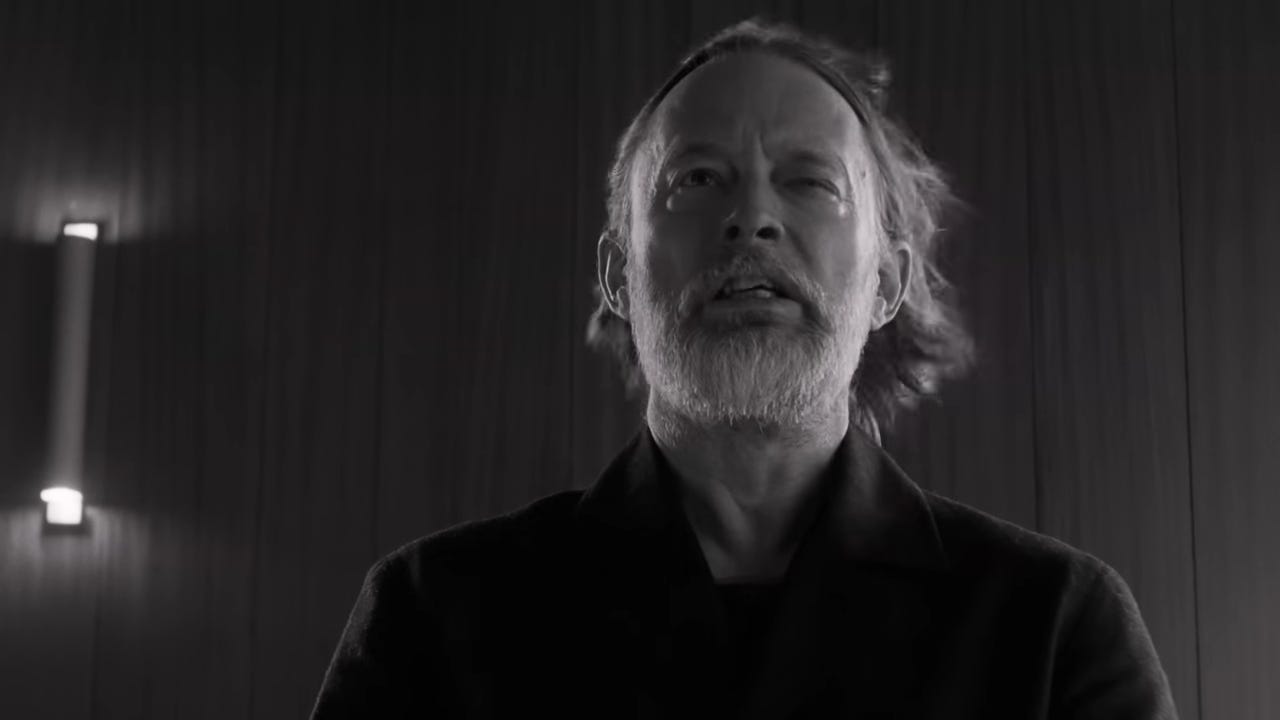
The street work, with its churn of bodies, reminded me of Anderson’s video for Joanna Newsom’s “Sapokanikan,” another contemporary sidewalk-set video. In that case, anxiety was brought in via a siren seen sweeping the night behind Newsom; here, we have the near-subliminal flashes of color, the reds and blues evoking emergency lights as much as they do the primary color/primal feelings technique of Punch-Drunk Love. The street is a threatening place in a Paul Thomas Anderson music video. Things are scary now, apparently. Better to make movies that let you hole up in the past for a while.
We close with that image of Yorke duplicated, and I confess, I don’t quite know what to do with that one. Anderson is fascinated by the visages of the artists he films–his camera has always clearly adored its subjects regardless of set or setting. Perhaps he couldn’t resist the temptation to view Yorke’s physicality, Keatonesque or otherwise, that many times over. Perhaps. At the end of the day, Anderson’s a lot smarter than I am, at least when it comes to his own work. And this work really isn’t any codex to be broken open like a piñata (mixed metaphor, forgive me) and shaken loose of prizes for Smartest Analysis. It may be this was just an image he thought was wow cool, and I do happen to agree. But there are currents that run under all of this stuff, and isn’t it fun to map the underside of a filmography? Come on, you know it is, I know how many of you listen to Blank Check. We come to this place to have some fun (Jesus Christ, why don’t you have some fun? Fun! Fun!) and overthinking it just means living in the dreamspace for longer. Horndoggily or otherwise.
With only a slight chip on his shoulder, this has been your friendly neighborhood Paul Thomas Anderson analyzer. Thanks for reading.
